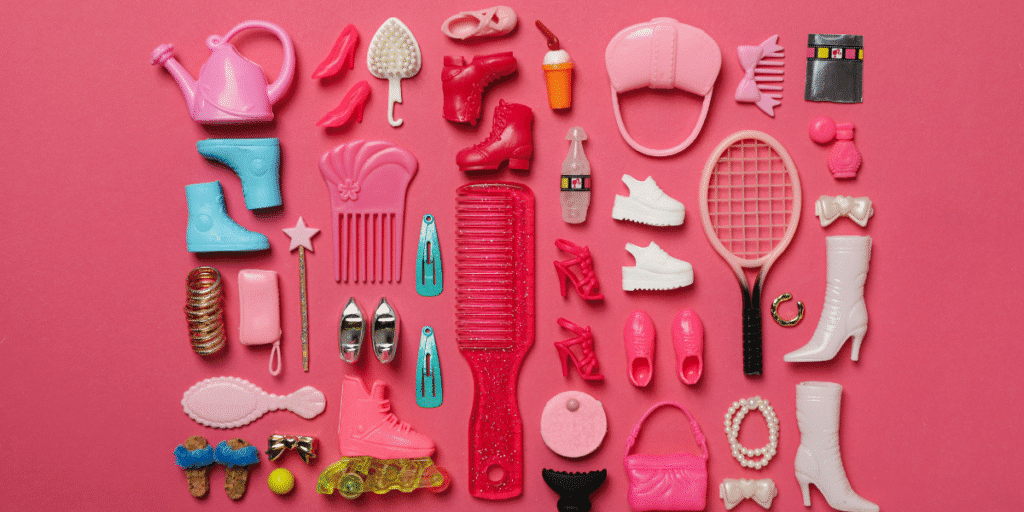Introduction: A Cultural Phenomenon Like No Other
In 2023, the long-awaited Barbie movie, directed by Greta Gerwig, became more than just a film—it became a cultural phenomenon. Premiering on July 21, the movie stars Margot Robbie as the iconic doll, and her portrayal, combined with the film’s bold visuals and thought-provoking themes, sparked conversations across media platforms. Yet, it wasn’t just the movie itself that made waves—it was the marketing, the fashion, and the social commentary that followed.
A Fashion Revolution Inspired by Barbie
What made Barbie a true moment in pop culture was not just its box-office success but how it redefined fashion trends. Throughout the year, the buzz surrounding the film was impossible to ignore, especially in the fashion world. Barbiecore—an aesthetic that embraces pink, bold femininity, and vintage charm—suddenly surged in popularity.
Designers from high street to luxury embraced Barbie’s iconic look, making pink the color of the year. Major brands collaborated with the film, launching Barbie-inspired collections that flew off the shelves. The influence extended from clothing to footwear, accessories, and even makeup, with beauty lines introducing Barbie-themed products. The film’s aesthetic dominated social media, as fans and influencers showcased their own Barbie-inspired outfits, further elevating the cultural cachet of the brand.
The design team for the Barbie movie itself worked with some of the most renowned fashion designers to create a wardrobe that encapsulated Barbie’s evolution over the decades, including nods to vintage Barbie outfits from the 1950s. This mix of nostalgia and modernity captured the imagination of viewers worldwide and made the film a fashion touchstone for 2023.
The Movie’s Social Commentary on Gender and Identity
While the fashion buzz around Barbie was undeniable, the movie’s underlying themes offered more than just surface-level entertainment. The film tackled questions about gender roles, body image, and identity—issues that have always been tied to the Barbie doll’s history but were never so openly discussed. The film’s narrative examines how societal expectations shape our perceptions of success and beauty, offering a commentary on the pressures placed on women and the unrealistic standards set by mainstream media.
What made Barbie even more culturally significant was how the film expanded the conversation about femininity. It presented Barbie not only as a cultural icon but as a metaphor for the challenges women face in a society that often limits their roles. In this way, Barbie is both a celebration and a critique of the world she’s become a part of.
The Lasting Impact: From Movie to Movement
Beyond its box office earnings, Barbie left a lasting imprint on fashion and pop culture. The film reinvigorated Barbie as a symbol, not just of childhood nostalgia, but of empowerment and self-expression. It also contributed to a wider movement in Hollywood, where films aimed at younger audiences are increasingly tackling complex issues around gender, identity, and body positivity.
Fashion brands used Barbie to promote inclusivity, showing a new era of Barbie-inspired clothing that was as diverse as the people who wear it. It wasn’t just about fitting into one mold, but about celebrating individuality and the various forms of beauty. From high fashion runways to everyday street style, the Barbie influence made its mark across all demographics, breaking down barriers and redefining femininity for a new generation.
